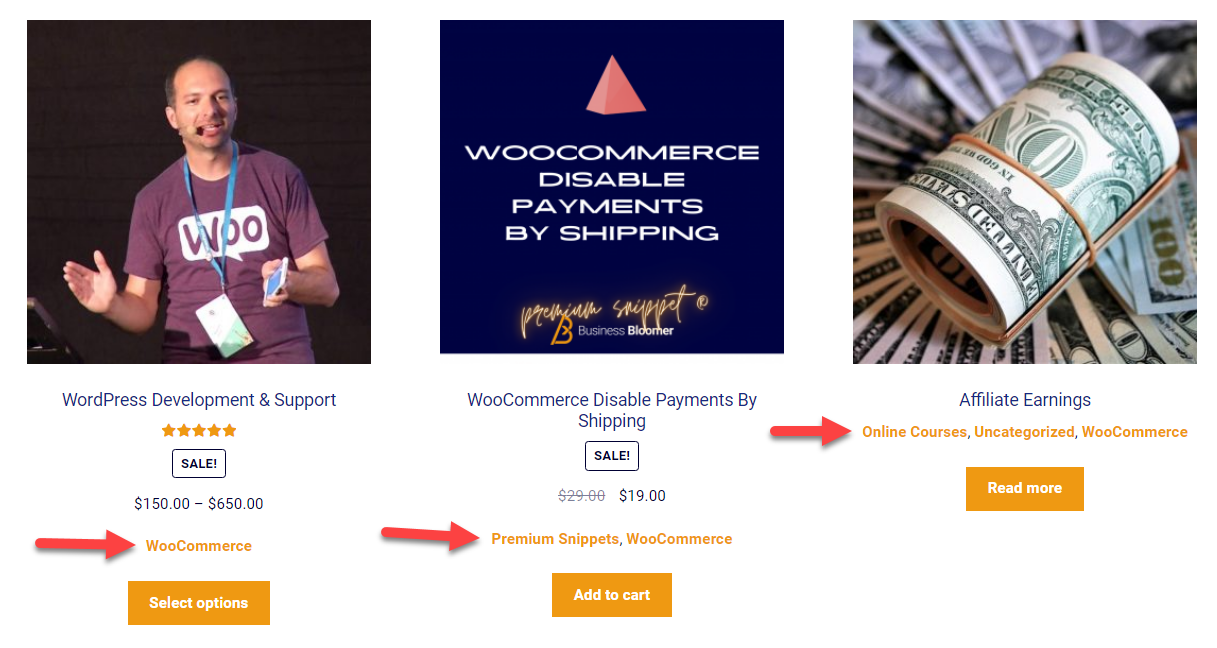
Are you looking for ways to raise funds for a charity event or a non-profit organization? There are a multitude number of ways to go about it.
You can host an exclusive or virtual fundraising event, run email campaigns to collect funds, or even encourage friends and families to contribute their parts to the fund. However, these ways require a lot of legwork, including finding a place to host fundraising events, inviting guests, or hiring an email strategist to run marketing campaigns – which is time-consuming and expensive.
The solution? Collecting online donations via WordPress or WooCommerce plugins to effectively raise funds for special causes, such as charities, non-profits, or relief funds.
This article shares the best, easy-to-use, affordable WooCommerce fundraising and donations plugins you can use. Let’s get started!
Continue reading WooCommerce: Donation / Fundraising Plugins


















